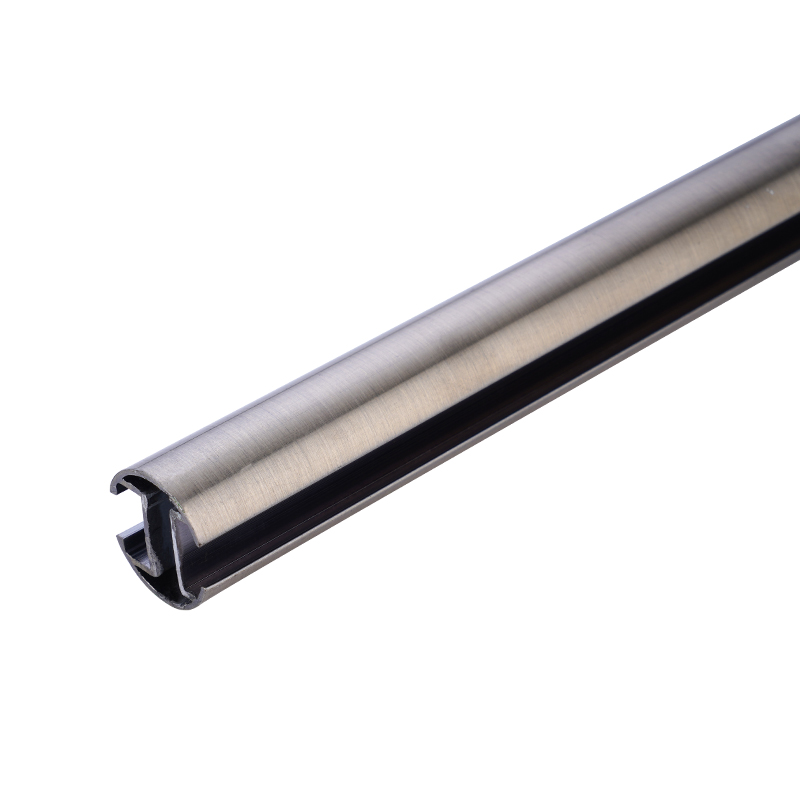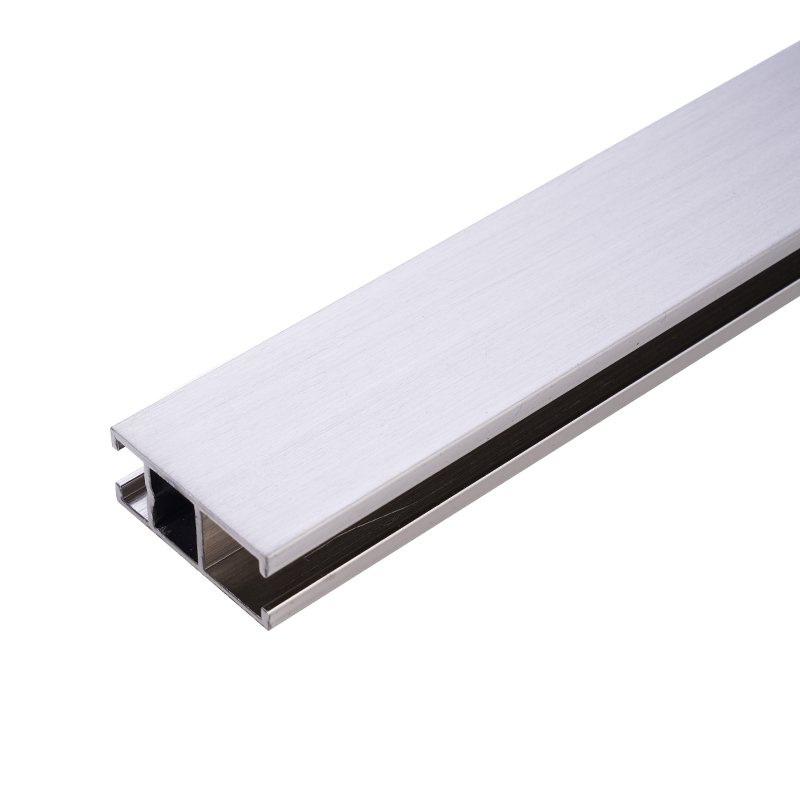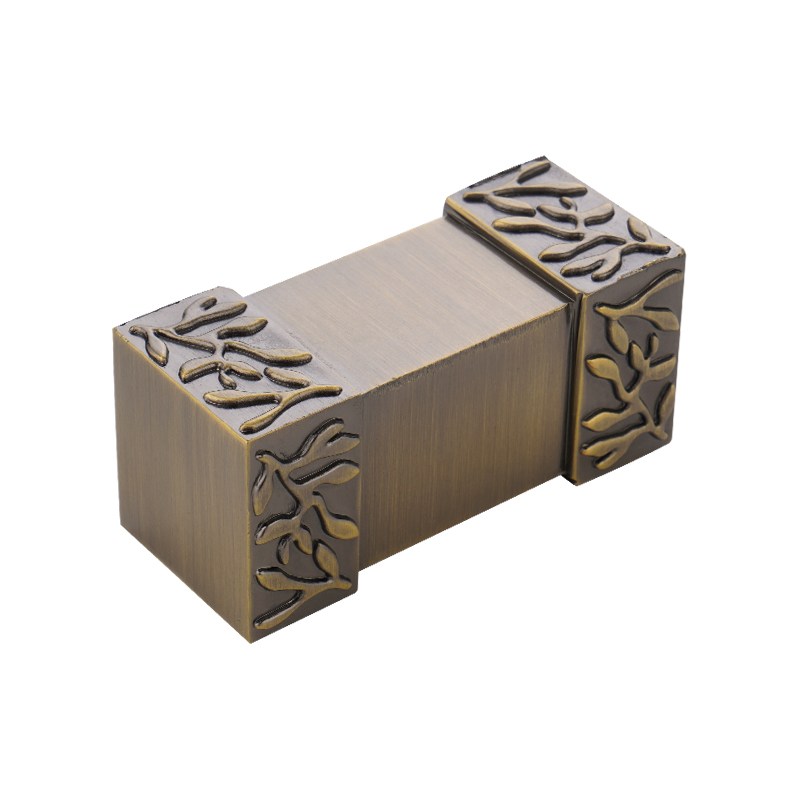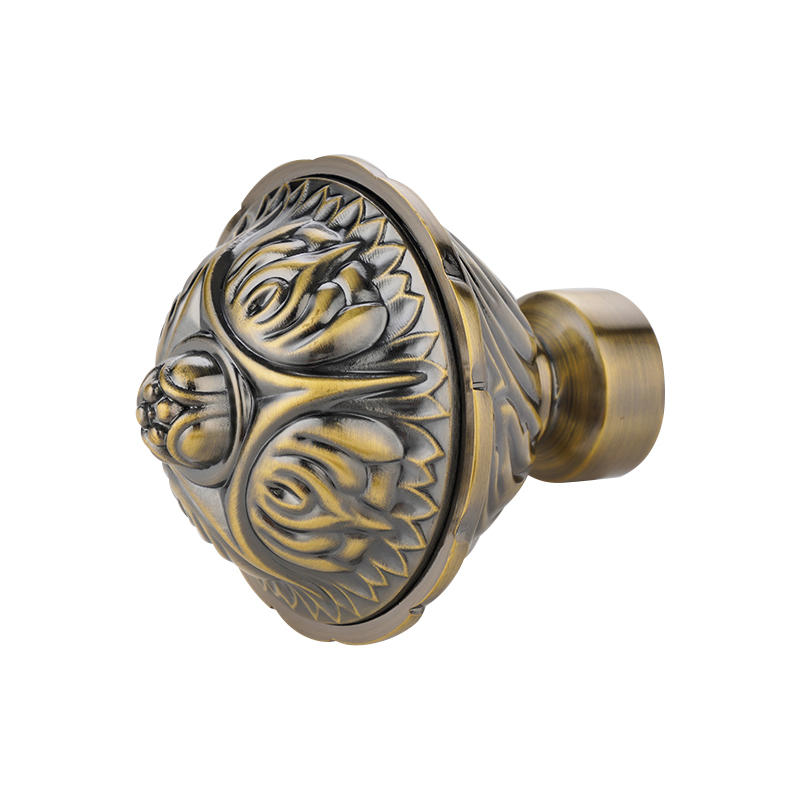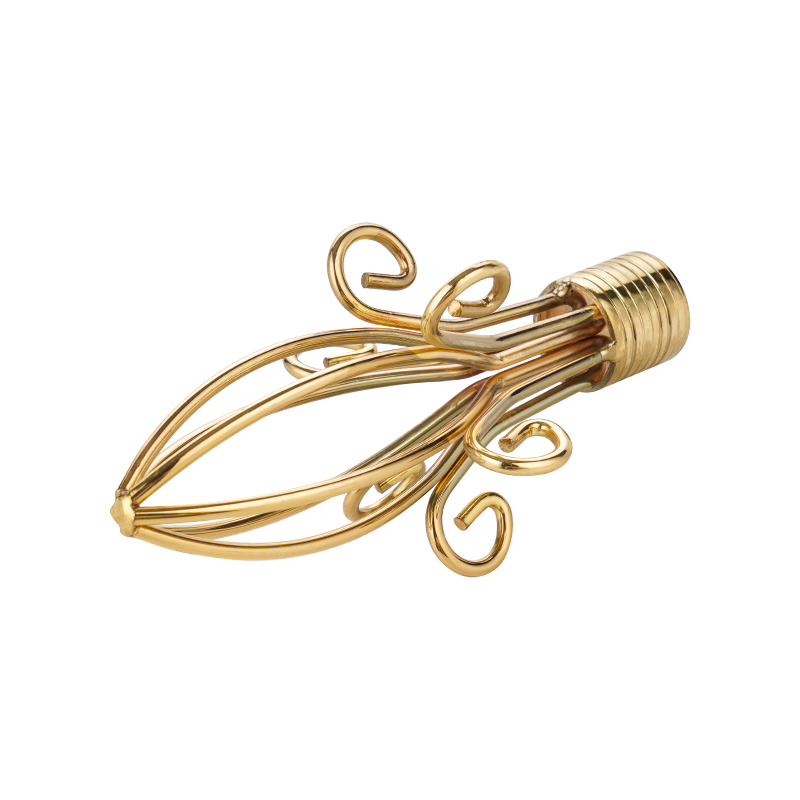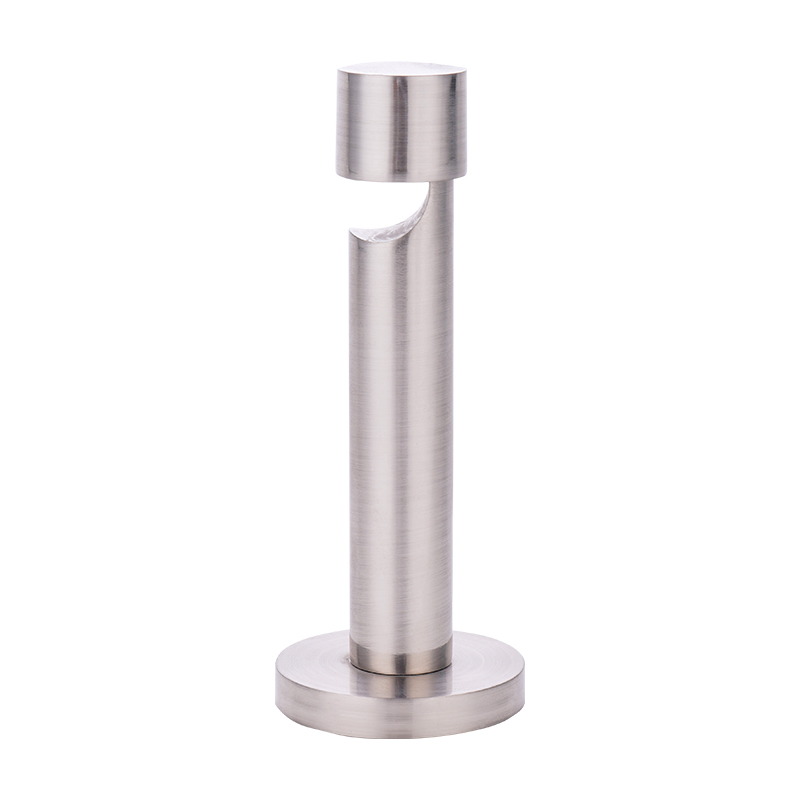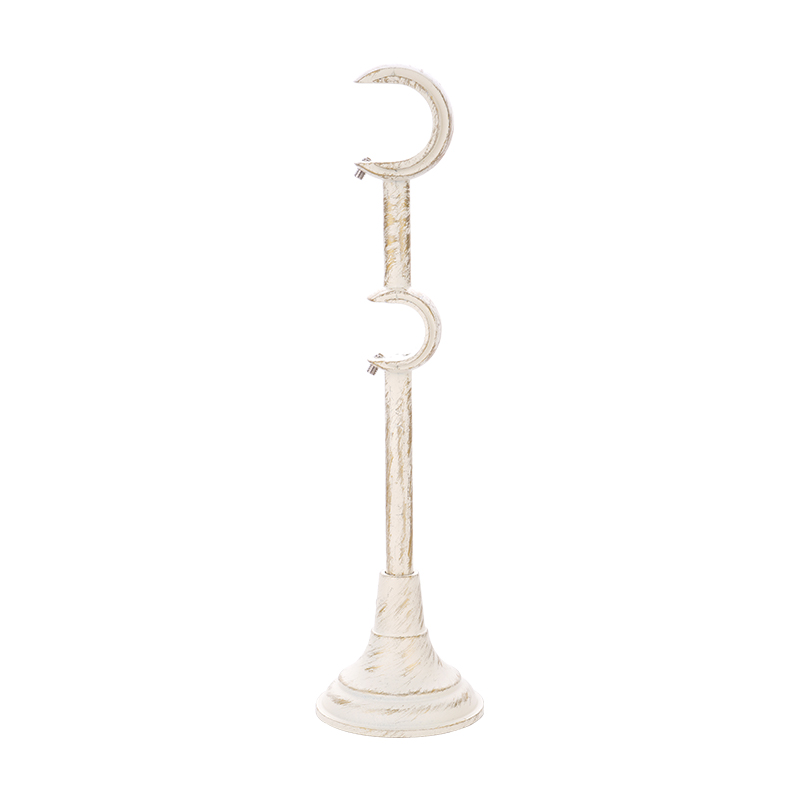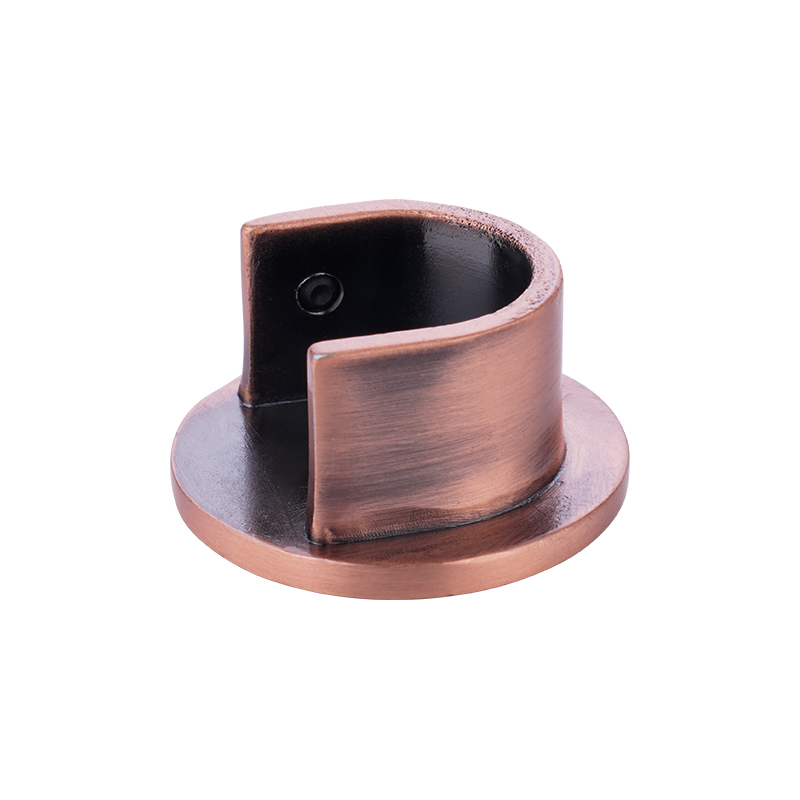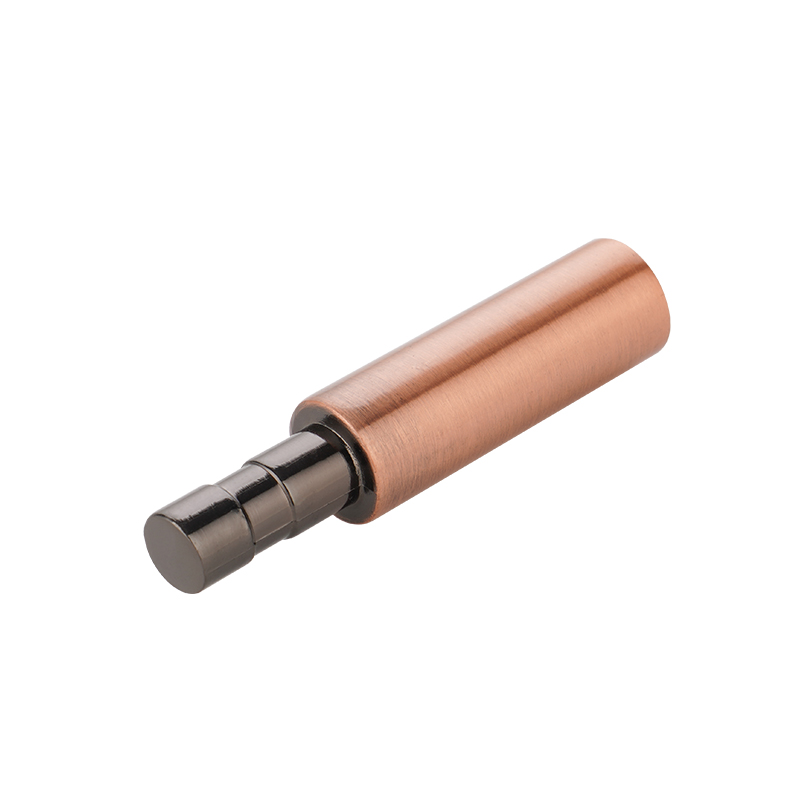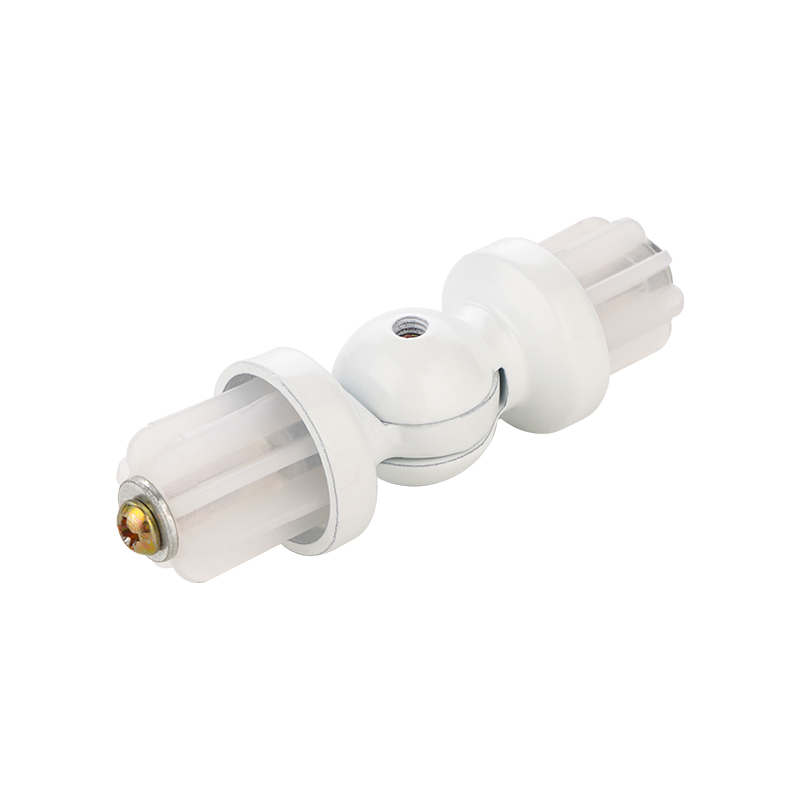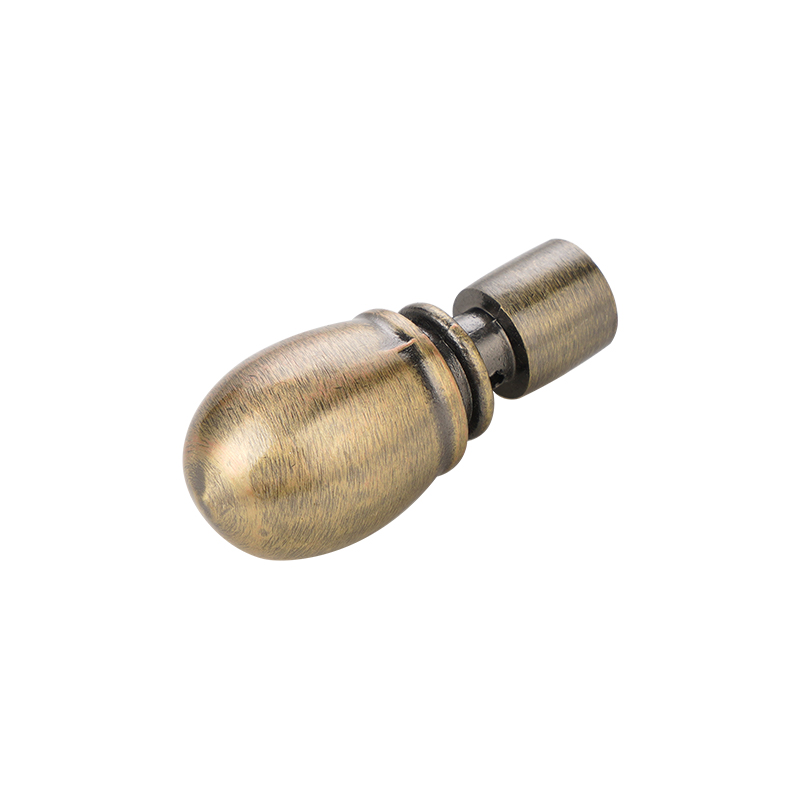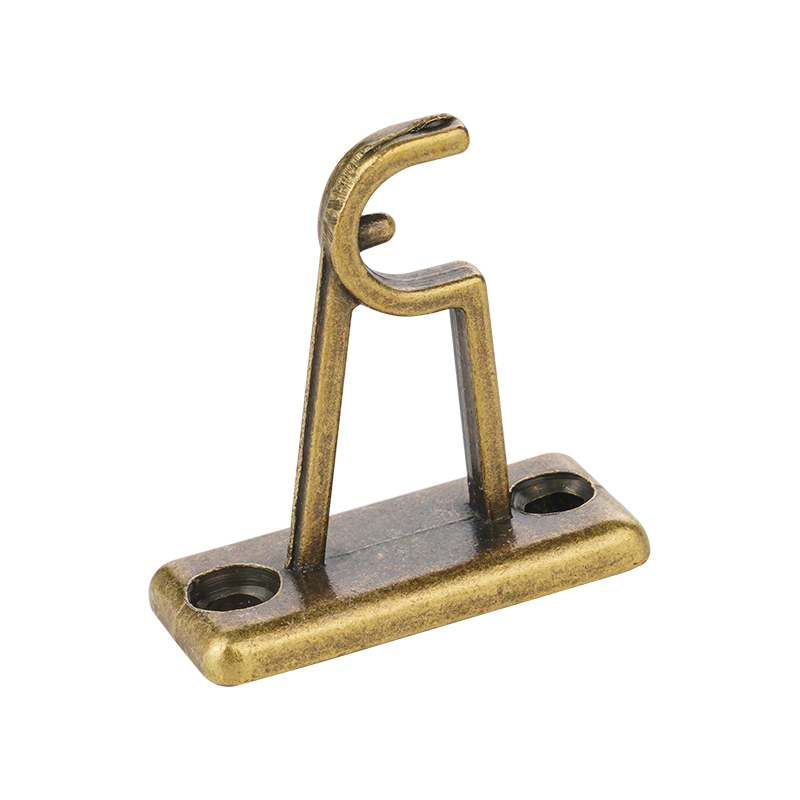Material Selection in Curtain Rails
Curtain rails are manufactured using various materials such as aluminum, stainless steel, and coated steel. The choice of material directly influences whether anti-rust and anti-corrosion treatment is necessary. Aluminum, for instance, is naturally resistant to oxidation due to the protective oxide layer that forms on its surface, but additional anodizing treatments can further strengthen its corrosion resistance. Stainless steel provides a good balance of strength and resistance, although not all grades are equally resistant to rust. Coated steel requires specific anti-rust treatments to ensure long-term performance in humid or corrosive environments. Thus, the base material plays a fundamental role in determining the level of protection needed.
Importance of Anti-Rust and Anti-Corrosion Treatments
The inclusion of anti-rust and anti-corrosion treatments is essential for curtain rails, especially when they are exposed to moisture, temperature fluctuations, or coastal air with high salt content. Without treatment, steel rails can develop rust that weakens their structural integrity and affects their appearance. Similarly, aluminum without additional protective coatings may discolor or pit over time. Treatments such as powder coating, galvanization, or anodizing are therefore applied to prevent such degradation and extend the usable lifespan of curtain rails in residential, commercial, and outdoor applications.
Common Surface Treatments for Curtain Rails
Several surface treatment methods are used to enhance the resistance of curtain rails to rust and corrosion. Powder coating creates a durable finish that protects against moisture and scratches. Electroplating, commonly using chromium or nickel, provides an additional metallic layer that prevents corrosion. Galvanization, usually applied to steel, involves a zinc coating that acts as a sacrificial layer against rust. Anodizing is frequently applied to aluminum rails, creating a thicker oxide layer that resists corrosion more effectively. These treatments are selected depending on the rail material, cost considerations, and intended use environment.
Comparative Table of Treatment Methods
The table below summarizes common anti-rust and anti-corrosion treatments used for curtain rails:
| Treatment Method | Suitable Material | Protection Level | Key Advantages |
|---|---|---|---|
| Powder Coating | Steel, Aluminum | High | Durable finish, wide color options |
| Electroplating | Steel | Moderate to High | Shiny appearance, corrosion barrier |
| Galvanization | Steel | High | Effective in outdoor environments |
| Anodizing | Aluminum | High | Enhances corrosion resistance, increases surface hardness |
Environmental Factors Affecting Curtain Rails
Environmental exposure plays a critical role in determining whether curtain rails require anti-rust and anti-corrosion treatment. In dry indoor spaces, untreated rails may still last for years without significant deterioration. However, in kitchens, bathrooms, or coastal regions where humidity and salt exposure are higher, untreated rails may corrode quickly. Seasonal temperature changes can also cause condensation, which accelerates corrosion in untreated metal. For outdoor applications, such as patio enclosures or open balconies, advanced treatments are almost always necessary to ensure durability.
Durability in Household Applications
In typical household use, curtain rails benefit from protective treatments to maintain functionality and aesthetic appeal. Powder-coated aluminum or stainless steel rails are common choices for living rooms and bedrooms, where moisture levels are relatively stable. In bathrooms, where humidity is consistently high, anodized aluminum or galvanized steel are more reliable options. The treatments help the rails resist rust stains that could otherwise transfer onto curtains, preserving both the rail and the fabric for longer use.
Industrial and Commercial Use of Curtain Rails
In industrial and commercial settings, curtain rails may be used for partitions, stage curtains, or factory enclosures. These environments often involve higher humidity, dust, or chemical exposure, making anti-rust and anti-corrosion treatments even more important. For example, in a theater, stage rails must remain functional over long periods, requiring durable treatments like powder coating. In factory environments, galvanized or stainless steel rails may be preferred due to potential chemical exposure. The choice of treatment in such applications ensures operational reliability and reduces maintenance costs.
Maintenance and Longevity of Treated Curtain Rails
Even when curtain rails have undergone anti-rust and anti-corrosion treatment, regular maintenance contributes to their longevity. Cleaning rails with mild detergents prevents buildup of dust and moisture that could compromise protective layers. Inspecting for scratches or chips in coatings allows for timely repairs before rust can spread. By combining high-quality treatments with consistent maintenance, curtain rails can serve effectively for many years without significant structural or visual deterioration.
Limitations of Protective Treatments
While protective treatments significantly improve the resistance of curtain rails, they are not completely immune to long-term degradation. Mechanical wear, scratches, or prolonged exposure to aggressive chemicals can eventually weaken protective coatings. For instance, galvanized coatings may slowly deteriorate in acidic environments, and anodized layers may be vulnerable to alkaline substances. Therefore, while treatments extend service life considerably, understanding their limitations is crucial for ensuring proper application and use.
Table: Expected Lifespan of Curtain Rails with Different Treatments
The table below outlines estimated lifespans of curtain rails with various protective treatments under typical conditions:
| Material & Treatment | Indoor Use | Bathroom Use | Outdoor Use |
|---|---|---|---|
| Powder-Coated Steel | 10-15 years | 5-8 years | 5-10 years |
| Anodized Aluminum | 15-20 years | 10-15 years | 8-12 years |
| Galvanized Steel | 12-18 years | 8-12 years | 10-15 years |
| Stainless Steel (304) | 15-20 years | 12-18 years | 10-15 years |
Industry Standards and Testing
Anti-rust and anti-corrosion treatments for curtain rails are often tested according to standardized procedures to ensure performance. Salt spray testing, for example, measures how coatings withstand simulated coastal conditions. Accelerated aging tests evaluate the long-term effectiveness of anodizing or galvanization. Compliance with international standards such as ISO or ASTM provides confidence in the reliability of treated curtain rails. Manufacturers use these tests to demonstrate that their products meet expectations for both residential and commercial applications.
Design Considerations Alongside Treatment
Beyond surface treatments, design features also contribute to corrosion resistance. Rails with smooth finishes reduce areas where moisture and dust can accumulate. Designs that allow for drainage prevent standing water, which can accelerate corrosion. When combined with treatments like powder coating or anodizing, thoughtful design elements further reduce the likelihood of rust and corrosion over time. This integration of design and treatment enhances both functionality and durability in a wide range of settings.
